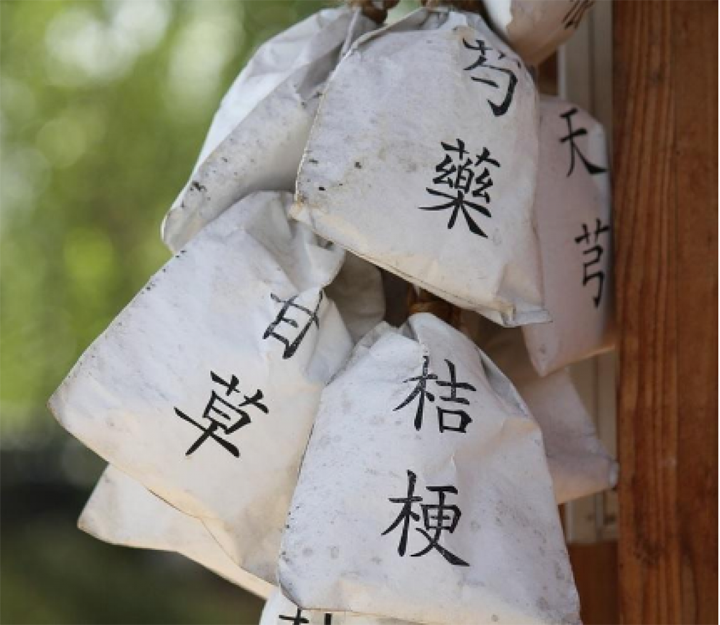Within the realm of traditional Chinese medicine, commonly referred to as TCM, there are various methods and practices that practitioners use for treatment. These various methods of Chinese medicine Reston are used to assist patients and individuals to achieve and maintain health. This can include receiving treatment for chronic pain, stress, diet, yin and yang imbalance and so much more. With so many TCM practices, what are the most common practices used? Below, we discuss six common methods used for treatment within the scope of TCM practice.
Acupuncture
Acupuncture therapy is the most common. It is the practice of inserting thin needles into the superficial skin, subcutaneous tissue, and muscles at specific acupuncture points found on the body and manipulating them.
There are approximately 2,000 acupuncture points found on the human body. These points are all connected by 12 main meridians that are used to transmit Qi energy between the surface of the body and the internal organs.
Many believe that acupuncture treatment is fundamental in maintaining balance between Yin and Yang, which in turn allows for the normal flow of Qi throughout the body, aiding in healing and restoring health to the mind and body.
Moxibustion
This particular practice requires the burning of moxa (mugwort root) that is made from dried Artimesia vulgaris, a spongy herb that facilitates healing. When the moxa is burning a lot of smoke is produced, along with a pungent odor that is often misidentified as cannabis.
This Chinese herbal medicine practice is used to warm and invigorate the blood, stimulate the flow of Qi, strengthen the kidney Yang, expel wind and disperse cold, and dissolve stagnation. In ancient times, Moxibustion was used as a therapeutic treatment to treat women’s menstrual pain.
Tui Na Massage
Tui Na is a combination of massage, acupressure and other forms of body manipulation. This form of Asian bodywork manual therapy has been in practice in China for centuries. The type of massage that a patient receives can be quite vigorous at times. Some practitioners may elect to use herbal compresses, ointments or heat to help enhance these techniques. Tui Na is most beneficial in treating chronic pain and musculoskeletal conditions.
Cupping
Considered to be a type of Chinese massage, cupping consists of placing several “cups”, either glass or plastic, on the body. These cups are heated up using a cotton ball or another flammable substance that is placed inside to remove all the oxygen. The substance is then removed from the cup and the heated cup is then placed on the skin. As the air inside the cup begins to cool, a pocket of lower pressure develops, creating a vacuum. The fleshy parts of the body, such as the stomach or back are the most preferred sites for this type of treatment.
Chinese Herbs
The various substances that Chinese herbal medicine practitioners use in their treatment come from numerous leaves, roots, stems, flowers and seeds of plants. The most common being cinnamon bark, ginger, ginseng, licorice and rhubarb. Ginseng is the most widely used substance for the widest range of treatments.
If a practitioner recommends Chinese herbology as a treatment, the herbs are combined into a formula that is then dispensed in either the form of a traditional tea, capsule, liquid extract, granule or powder.
Chinese Nutrition
In the practice of TCM, nutrition is used as the first line of defense in health matters. The Chinese medicine nutrition mode of dieting is firmly rooted in the belief and understanding of the effect that food has on human organisms.
Chinese nutrition believes that a balanced diet include all 5 tastes: spicy (warming), sour (cooling), bitter (cooling), sweet (strengthening) and salty (cooling).
The practice of traditional Chinese medicine is a complex practice with a plethora of benefits that can work to improve quality of life and treat ailments. From severe chronic pain to nutrition, Chinese medicine Washington DC can be a beneficial practice to include in your life to improve your overall health and wellbeing.

